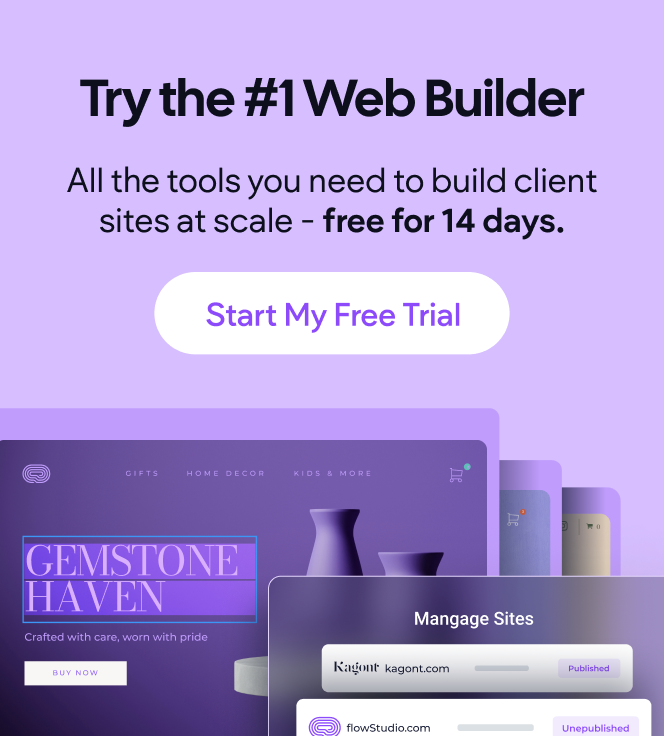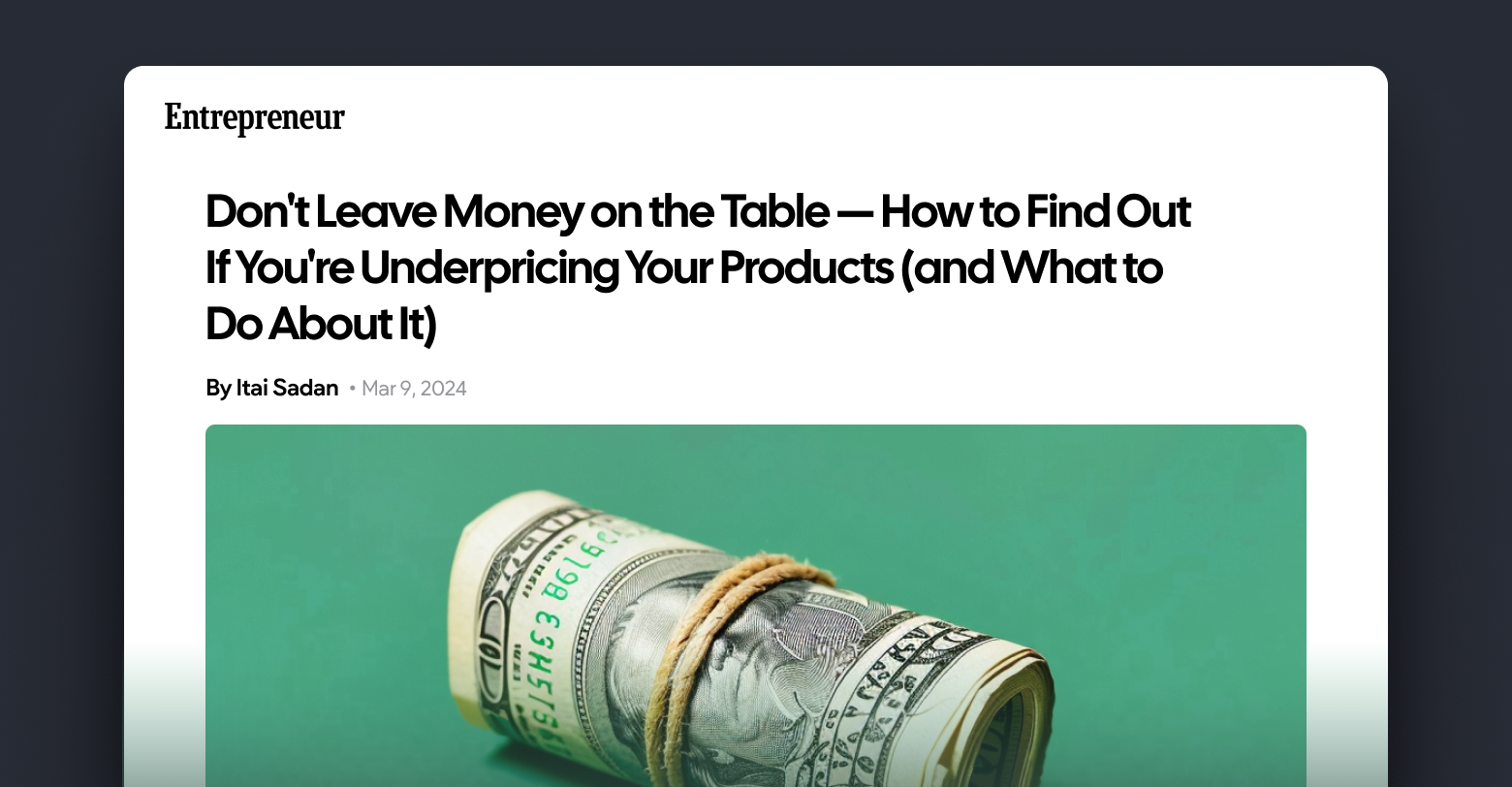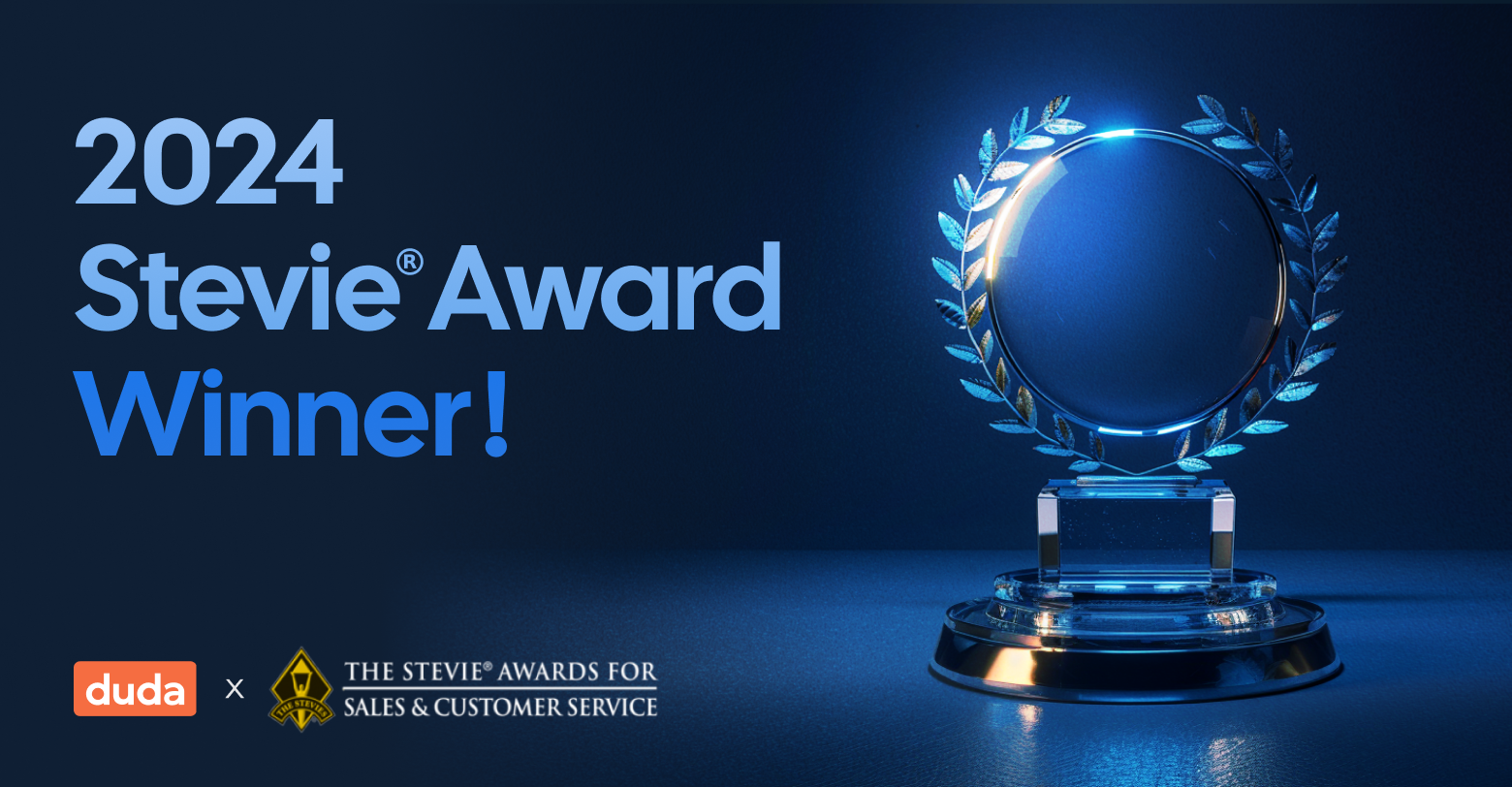I’m sure by now you’ve noticed that Duda’s latest release includes
two awesome landing page templates
that you can use with your DudaOne sites. While that’s truly fantastic news and opens up additional, powerful marketing and sales opportunities for business owners, we know that some of you haven’t worked with landing pages before, and may be wondering how to get the most out of them. Frankly, there are a lot of online marketers who ask the very same question, so hopefully in the next few posts, I’ll be able to help you use landing pages to increase your customer conversion.
Example of a landing page designed to encourage customers to subscribe to a mailing list.
What Are Landing Pages Anyway?
The most common explanation of a landing page is that it’s a web page that stands alone, usually with a limited focus and provides the visitor with limited options about what to do next. By that I mean most landing pages are designed with a singular focus: lead capture, sell a specific product, download a specific resource or provide additional information about something specific a business wants a visitor to know. This is done by making the entire landing page about that singular goal and usually excluding most of the global navigation of the site.
Why Would I Want to Create a Landing Page?
Often, landing pages are used in conjunction with a company’s marketing efforts and usually with their online advertising campaigns as a page for a customer to “land” on. The main goal with a landing page is getting your visitor closer to conversion. This might be done by providing information about the specific product or service featured in an ad campaign, along with a prominent call-to-action (CTA), such as a “Buy Now” button or a lead capture form.
(Side note, when we talk about “conversions” we’re talking about a visitor taking an action you as the site owner want them to take. This might vary depending on your goals. For example, for some sites the goal may be the immediate sale of a specific product and for others it might mean capturing information via a lead form.)
So let’s say you’re running a Google pay-per-click advertising campaign for a specific product or service. You could create a landing page that matches the message in your ad. This helps increase conversions because the visitors who are coming to your site by clicking that ad, presumably are already interested in the product or service the ad is offering. This is far better than just dropping them into your homepage and hoping they continue through until conversion.
OK, I Think I Get It, But Can You Give Me a Real World Example?
Let’s say you own a hardware store in the Midwest and you want to have a fall sale on snowblowers to make room for the newest models before winter hits. (I grew up in Minnesota, and clearing horrific amounts of snow is something I’m far too familiar with). To do this, you decide to run a Google and Facebook ad campaign offering 30 percent off last year’s models of snowblowers.
You create a bunch of online ads with the message “Winter is Coming! Don’t get stuck shoveling snow like the Night’s Watch. Take 30% off all snowblowers!” and link those ads to a landing page you’ve creating featuring the headline “Winter is Coming!,” a message about the sale, photos of all the snowblowers you have on sale and a large CTA such as a click-to-call button.
Chances are that if a customer clicked on an ad offering 30 percent off the price of a snowblower, they are interested in buying one. Directing them to a landing page designed specifically around that promotion, rather than say, a homepage that says, “Welcome to Hermoine’s Hardware” and features all of the store’s products, drastically increases the likelihood that customer will convert.
Hopefully this gives you a good idea of what exactly landing pages are and why you’d want to use them. Granted, there are countless other use cases for landing pages, and I’ll be covering more of them in future posts.







